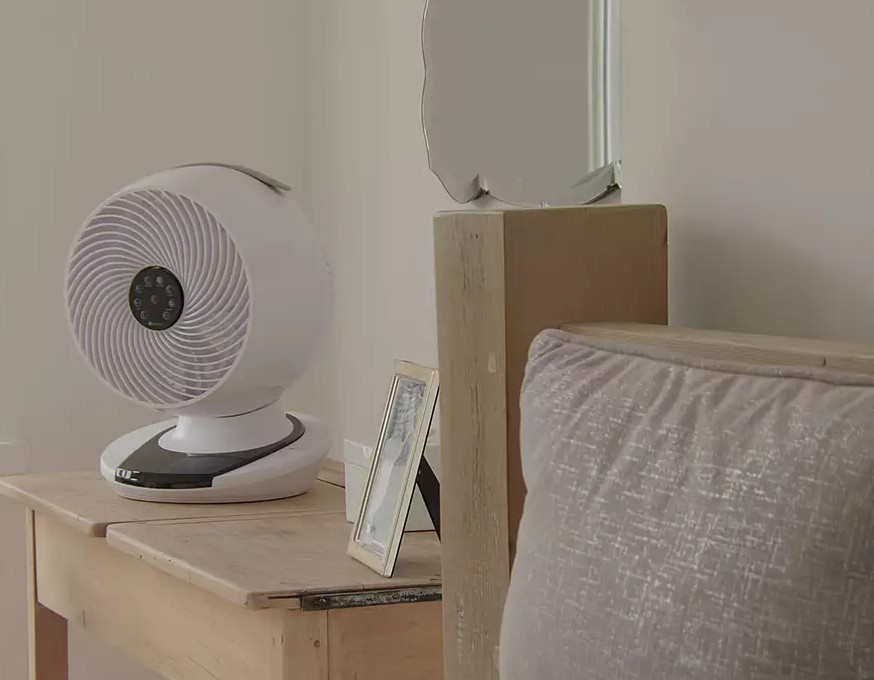
When the warmer months roll in and indoor spaces start to feel stuffy, a decent fan can make a world of difference. But with so many options out there—desk fans, pedestal fans, tower fans, and more—it’s easy to feel overwhelmed. To help you stay cool and choose wisely, here’s a breakdown of what to look for in a fan, what the specifications mean, and which extra features are worth considering.
Airflow: What Is CFM and Why Does It Matter?
One of the most important indicators of a fan’s performance is how much air it moves, usually measured in CFM (Cubic Feet per Minute). This figure tells you how much air the fan circulates per minute—the higher the number, the stronger the airflow.
- Desk fans typically range from 200–400 CFM.
- Pedestal and floor fans might deliver 1,000–2,500 CFM.
- Tower fans tend to fall somewhere in between, offering a steady breeze with a smaller footprint.
If you’re trying to cool an entire room, especially during a heatwave, look for a fan with a higher airflow rating.
Read our blog: Different fans for your household
Fan Size and Blade Design
Blade size has a direct impact on airflow. A larger blade (such as a 16-inch or 40cm fan) can move more air, but blade shape also plays a part. Some fans use curved or specially angled blades to maximise air movement while keeping noise down. Blade-less fans, while quieter and more stylish, may offer gentler airflow and are often better suited to smaller rooms.
Speed Settings and Controls
Most fans come with two or three basic speed settings—low, medium, and high. Some more advanced models offer variable speed control or even digital settings for more precise airflow. Consider whether you want manual dials or push-button controls. Some fans now also come with remote controls, which are particularly useful if the fan is placed across the room or mounted high.
Read our blog: Fan hacks to stay cool this summer
Oscillation and Tilt Functions
A fan with oscillation (side-to-side movement) or an adjustable tilt feature helps distribute air more evenly across the room. Some tower and pedestal fans offer wide-angle or multi-directional oscillation, which can be especially helpful in larger or shared spaces.
Noise Levels
If you're placing a fan in your bedroom, home office, or nursery, you'll want to pay attention to noise levels. These are usually measured in decibels (dB)—quieter models tend to sit below 50 db. Some fans offer a specific “quiet” or “night” mode, which slows down the fan and reduces noise while you sleep.
Energy Efficiency
While fans are already more economical than air conditioning, some are more energy-efficient than others. Look out for energy-saving modes, timers, or low-wattage motors if you plan to run the fan for extended periods.
Portability and Style
Think about where and how you’ll use your fan. Do you need something compact and lightweight to move between rooms, or are you after a more permanent solution? Many fans now come in sleek, modern designs, with options to match most interiors—perfect if you don’t want your cooling solution to be an eyesore.
Final Thoughts
Buying a fan isn’t just about grabbing the first one you see. Consider airflow (CFM), size, speed settings, noise levels, and any useful extras like oscillation or a timer. Whether you’re looking for a subtle breeze while working or serious cooling power for summer nights, understanding the specs will help you stay cool and comfortable all season long.
View the full range here